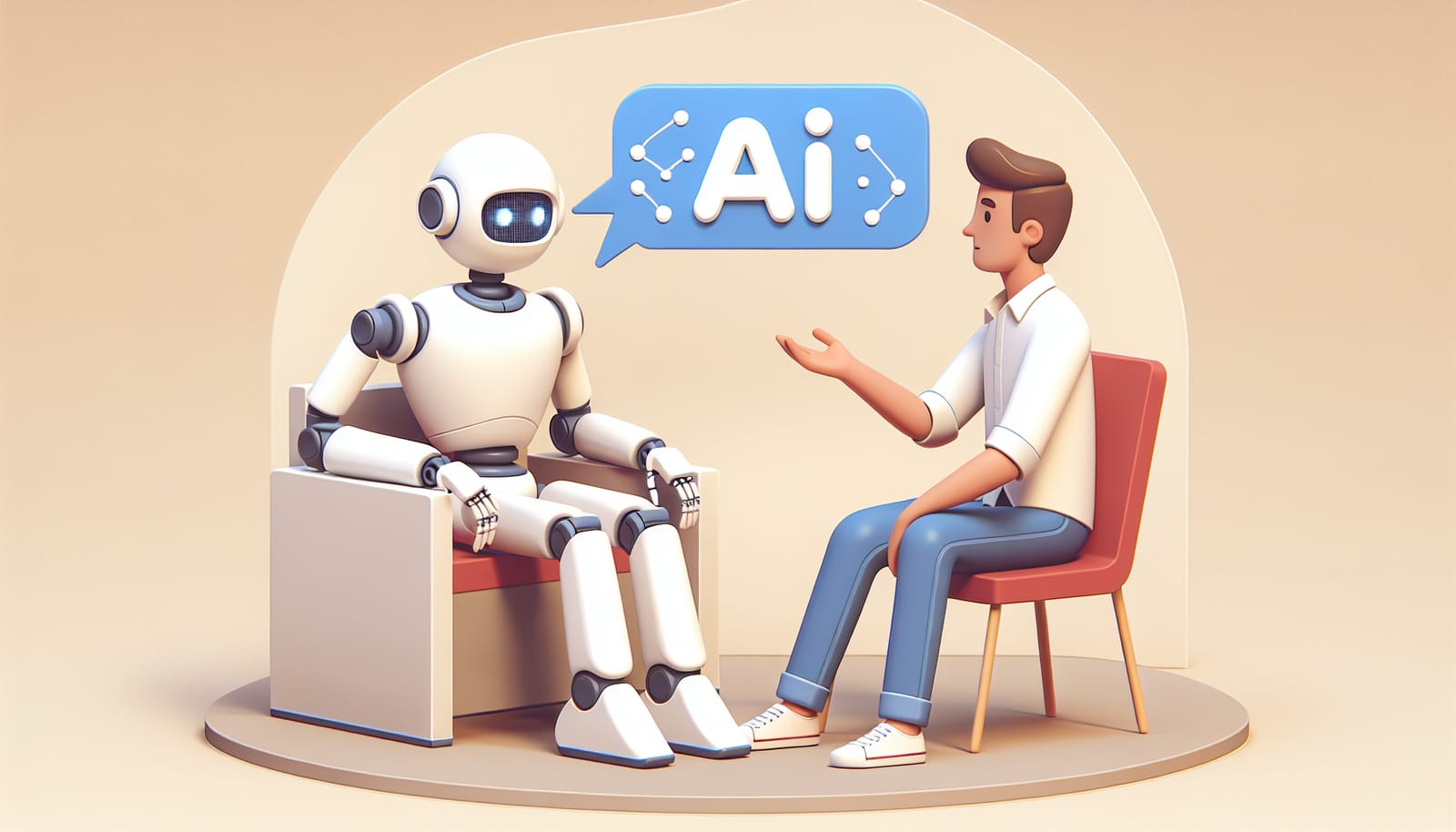Artificial Intelligence (AI) is all around us, from the virtual assistants on our smartphones to the recommendation systems on our favorite streaming platforms. As exciting as this technology is, many people make common mistakes when using AI tools. In this article, we will explore five of these mistakes and how you can avoid them to get the most out of your AI experience. Whether you’re a teacher, a business owner, or just someone curious about technology, these insights will help you navigate the AI landscape more effectively.
Mistake #1: Not Understanding the Tool's Purpose
One of the biggest mistakes people make when using AI tools is not understanding what the tool is designed to do. Each AI application has specific functionalities and limitations. For instance, some AI can analyze data and provide insights, while others are designed for creative tasks like writing or image generation.
If you try to use an AI tool for something it wasn’t designed for, you may end up frustrated with poor results. Take time to read the documentation, explore tutorials, or even watch videos to grasp how the tool works before diving in.
Mistake #2: Ignoring Data Quality
AI tools are only as good as the data fed into them. If you provide poor quality data, the output will be equally poor. This means that ensuring your data is accurate, relevant, and well-organized is crucial for any AI project.
For example, if you’re using an AI tool to analyze customer feedback, make sure the reviews you input are recent and represent a diverse range of opinions. If the data is skewed or incomplete, the AI's recommendations could lead you astray.
Before using an AI tool, take a moment to review the data you plan to input. Clean, well-structured data will yield better results and insights.
Mistake #3: Overestimating AI's Capabilities
Another common mistake is overestimating what AI can do. While AI can be incredibly powerful, it still has limitations. For instance, AI doesn’t possess human-like understanding or emotions. It can analyze trends and patterns, but it cannot make decisions based on empathy or moral judgment.
When using AI tools, it's essential to remember that they are not a replacement for human intelligence. Instead, think of AI as a supportive tool that can help enhance your work.
Understanding the boundaries of what AI can do will help you use it more effectively and avoid unrealistic expectations. This balanced perspective will lead to better outcomes in your projects.
Mistake #4: Neglecting Regular Updates and Training
AI technology evolves rapidly. New features, bug fixes, and improvements are constantly being rolled out. Neglecting to keep your AI tools updated can lead to using outdated technology, which can result in poor performance or even security vulnerabilities.
Make it a habit to regularly check for updates and new features. This will not only improve the performance of your AI tools but also help you take advantage of new functionalities that enhance your work.
Additionally, some AI tools require ongoing training to adapt to your specific needs. If you're using a machine learning model, for example, it may need to be retrained periodically with new data to maintain accuracy.
Mistake #5: Not Evaluating and Learning from AI Outputs
Finally, many users fail to evaluate the outputs generated by AI tools critically. While AI can provide valuable insights and recommendations, it's essential to assess these results rather than accept them blindly.
Take the time to review and analyze the outputs. Ask yourself: Does this make sense? Is there evidence to support these claims? By critically evaluating the results, you can learn from the AI's suggestions and make informed decisions based on your own knowledge and expertise.
Incorporating a feedback loop where you assess the AI's outputs and refine your inputs based on that evaluation can lead to continuous improvement. This iterative approach will help you leverage AI more effectively over time.
Conclusion: Embracing the AI Future
AI tools have the potential to transform the way we work, learn, and interact with the world. By understanding their purpose, ensuring data quality, setting realistic expectations, keeping them updated, and critically evaluating their outputs, you can avoid common pitfalls and make the most of these powerful technologies.
As we embrace the future of AI, remember that it’s not just about the technology itself but also about how we use it. With the right approach, you can unlock new possibilities, enhance your productivity, and gain insights that were once unimaginable.
So, whether you’re using AI for personal projects, in your workplace, or simply to learn more about technology, keep these common mistakes in mind. Your journey into the world of AI can be exciting and rewarding when you navigate it with knowledge and intention.
Embrace the AI revolution and let it empower you to achieve your goals, whatever they may be!


